Last Chance to Catch NYC's Holiday Notalgia Train
We met the voices of the NYC subway on our nostalgia ride this weekend!


The new thriller Woman in the Window, recently released on Netflix starring Amy Adams, Gary Oldman, and Julianne Moore, and directed by Joe Wright, is based on the book of best-selling book of the same name by AJ Finn. Unlike most productions, the filming locations for Woman in the Window are isolated to one small sliver of a block. That’s because the crux of the story centers around a Dr. Anna Fox, played by Adams, who is agoraphobic and won’t leave her home, a townhouse in Harlem, Manhattan.
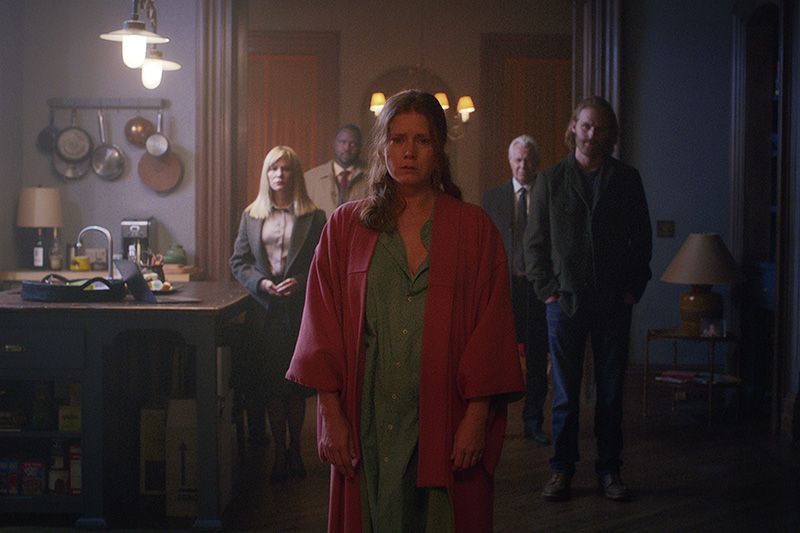
Anna becomes obsessed with the new family who has moved in across the street and is convinced she has seen events take place that should be of concern to the police. She is also suffering from a trauma that is revealed as the film proceeds and adjusting to new medication from her psychologist, which can make her hallucinate. The line between real and imagined blurs, and Woman in the Window really uses the cinematography and the setting of Anna’s townhouse to create the feeling of claustrophobia and paranoia.
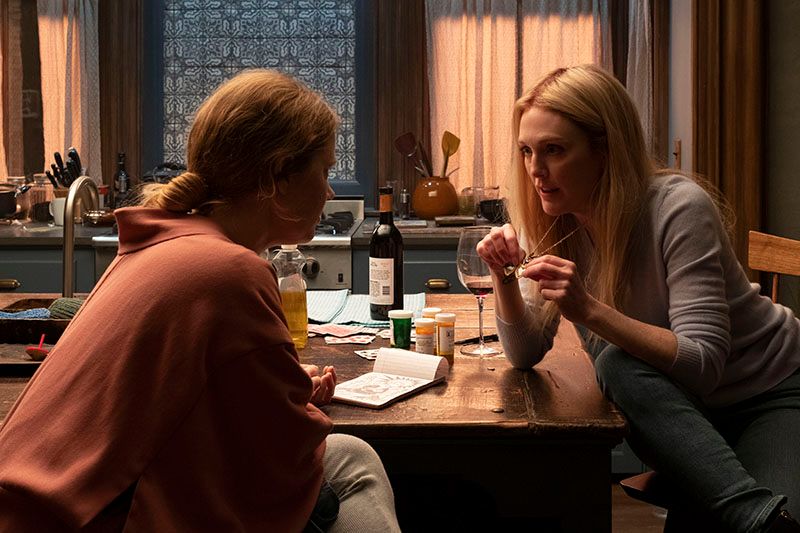
Woman in the Window’s production designer Kevin Thompson, who previously worked on Girl on a Train and Ad Astra, says “When we open the movie, we introduce the house as a character by going through it with a slow-moving camera. We made a commitment to be in this house with Anna for almost the entire film. It was decided, the more we keep her in her world of the house, the more the audience would stay with the story.”
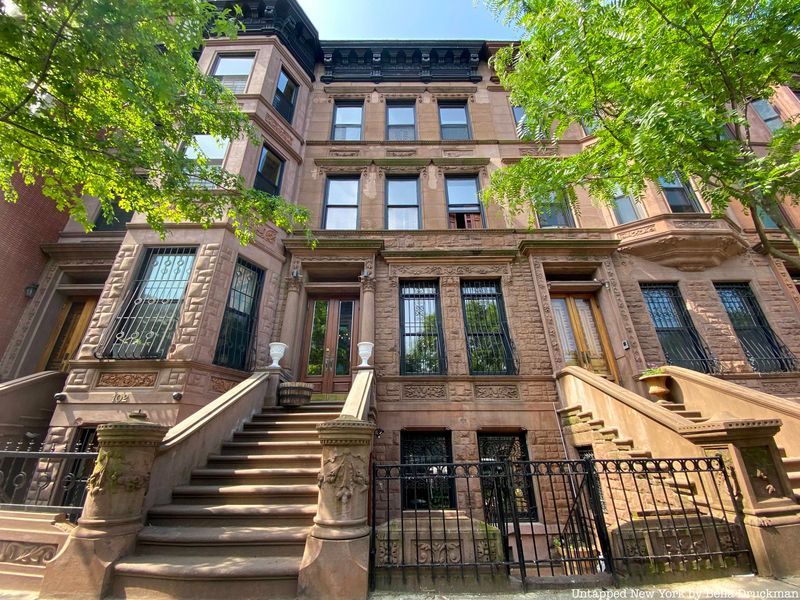
Unusual for filming locations, Woman in the Window reveals the real addresses of the townhouses in the film: Anna lives in 104 West 121st Street in Harlem, the new family, the Russells move into 101 West 121st Street across the street. Just a block from Marcus Garvey Park, West 121st Street where Anna and the Russells live is a tree-lined block of handsome brownstones.
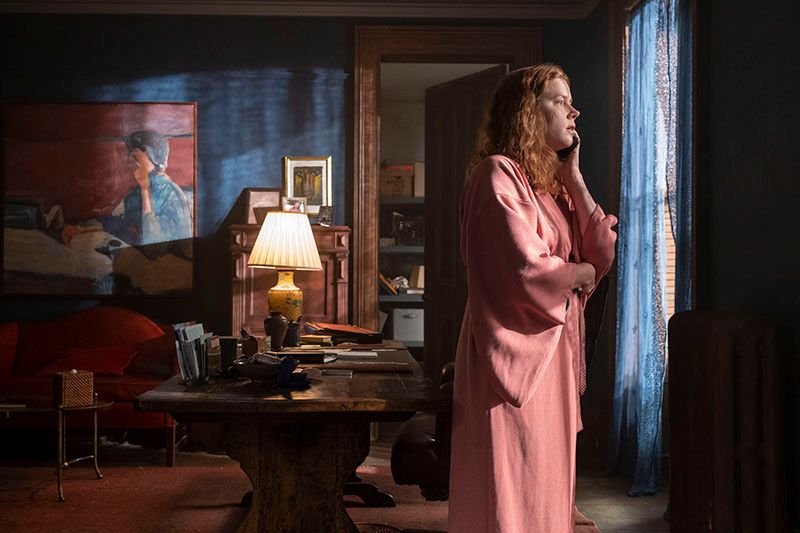
101 W. 121t Street was last sold for $1.34 million in 2011. 104 West 121st Street was last sold for $3.8 million in December, 2019. Despite the recent sale, the townhouse’s interior was not used for the filming. Instead, a film set was built on a soundstage inside the Marcy Armory, a New York State armory in South Williamsburg, Brooklyn. This enabled the production to really get the angles required to capture all the aspects of a house that is so central to the film.
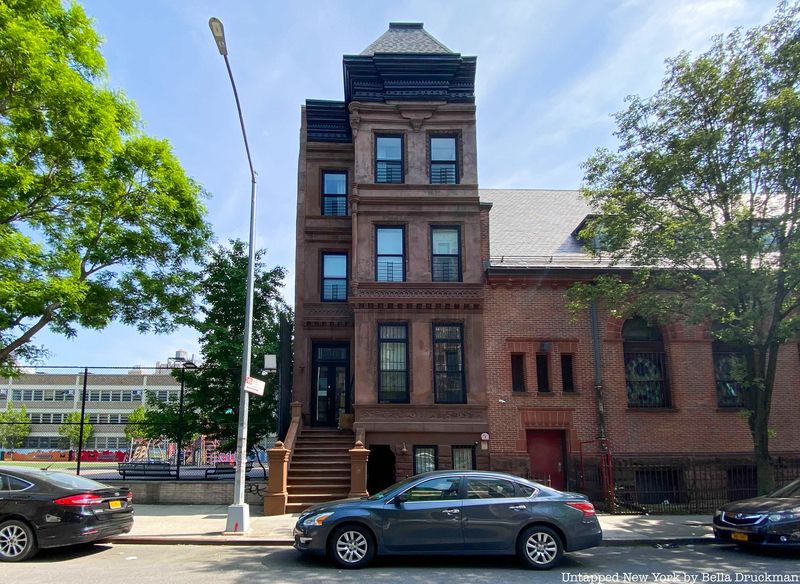
Netflix states that the townhouse set was “designed so Wright could peel back the walls and create shots which bring the audience into the house itself.” Wright says, “Thematically, the film is largely about fear and how fear can kind of lock us in and stop us connecting with other people and so the house became this kind of manifestation of fear that Anna Fox was unable to get past.”
“It was the most beautiful townhome. If it wasn’t in a studio, I would have wanted to move in. Joe [Wright] builds a terrific team around him, and the attention to detail was phenomenal.”
– Amy Adams
That attention to detail was evident in the interior decor or the townhouse, which evokes Anna’s emotional state as she navigates between rooms and floors. For example, she spends most of her time on the parlor level, which has deep blue, gray and orange tones evoking a space of internality. The space envelops Anna but also feels dark and a bit foreboding. Wright says, “I wanted an intensity of color rather than a kind of monochromatic film noir, which is the obvious way to do it. We tried to create this kind of almost psychedelic kind of pressure upon Amy’s character.”
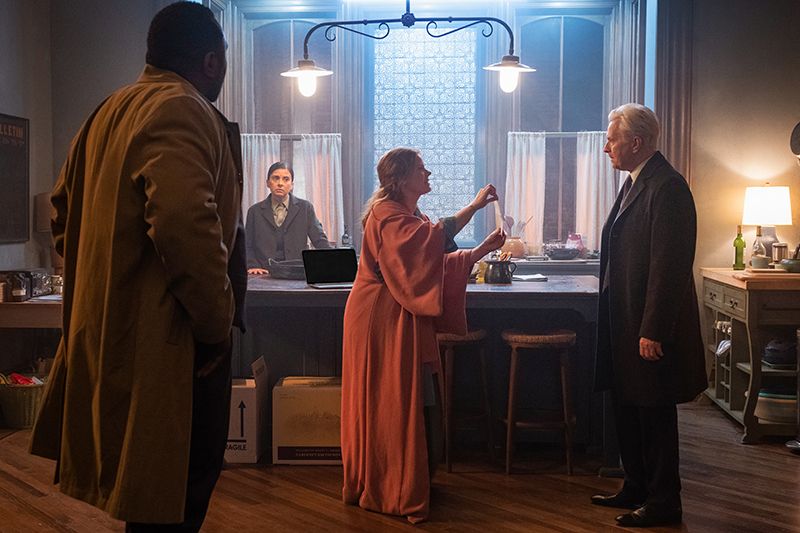
Thompson says that he has been attracted to rich, jewel tones and the colors were tested specifically for how they would look on camera: “We did a lot of color-testing by creating big walls of color. Some of them surprised us in that we thought there was no way they could work, like the orange curtains in the dining room and the muted pink sofa in the first floor sitting room.” The pops of color in the decor were intended to convey to the audience about Anna’s past life, one where she ventured outside and had people close to her in her life.
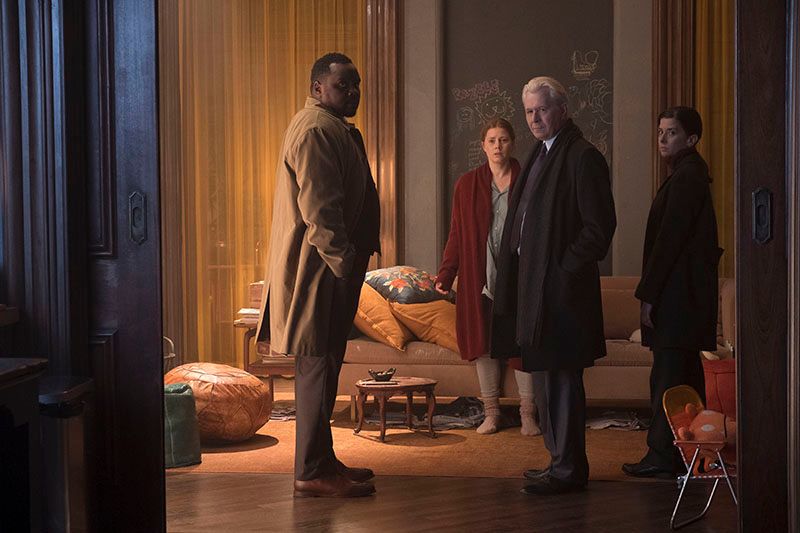
The set was built vertically, like a real townhouse, and then split later into five different sets. There’s the garden level apartment, which Anna has rented to a man named David who helps her out with small things in the house but also has a potential dark side. There’s the parlor level which includes a front sitting room with library nook, the kitchen, and a back living room. On the two upper levels, there is an office, a kid’s bedroom, and other bedrooms. The set also included the brownstone steps. Another key feature Thompson says was the interior staircase: “The audience sees Anna go up and down the stairs and they feel the different floors of the house. Joe wanted to be able to take the walls off the house and shoot Anna coming down the stairs, never taking her hand off the railing.”
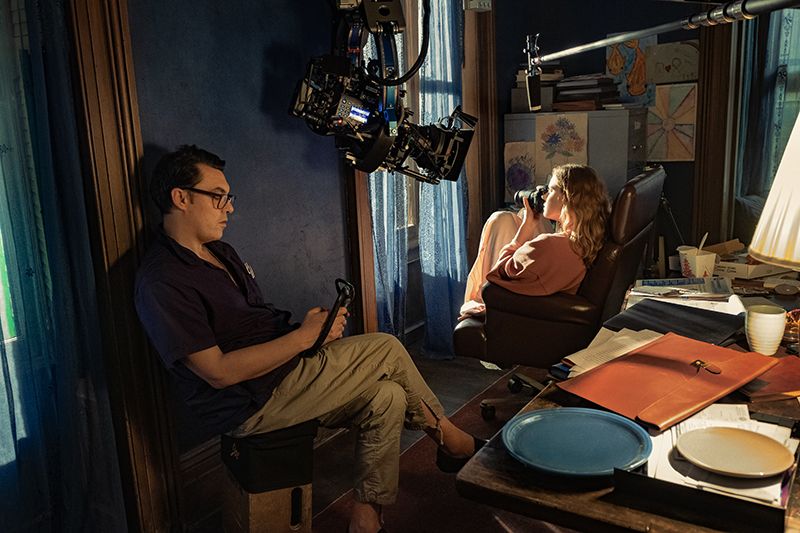
Lighting plays a critical role in the house as well and it was a particular challenge was to make the lighting feel consistent like it was really shot in a single townhouse, but also making the film “visually, cinematically exciting and different, while never leaving the home,” says Wright, “One of the things we tried to do was make sure we never repeated the same shot and to always try to find the specificity for every moment.” The lighting was designed not just for the inside of the house, but how the light falls into the interiors from outside and how it hits Anna’s face when she looks out the window. The lighting also helps to parallel Anna’s own perception of what is happening to her, particularly in the moments where she is in fear.
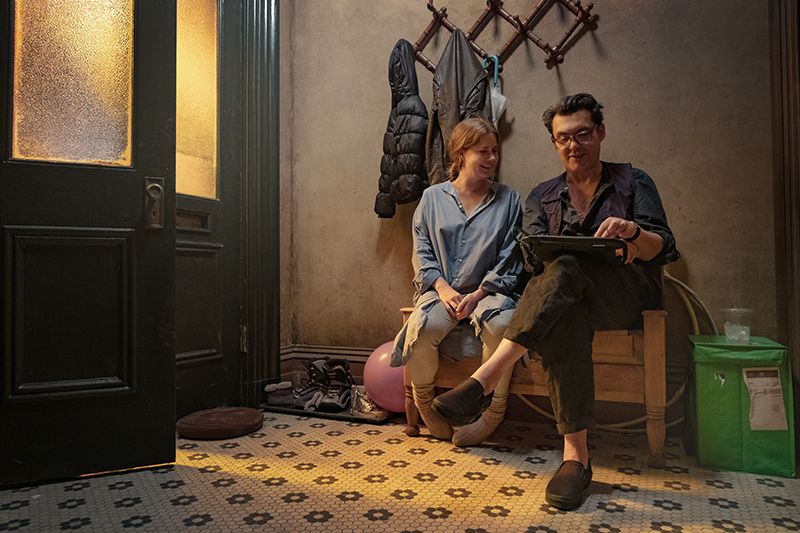
Other scenes were filmed on the street — such as when Julianne Moore’s character, Katherine, approaches the Anna’s house and in a final scene where the camera rises up and shows the entire street, then neighborhood, and then Riverside Church in the distance.
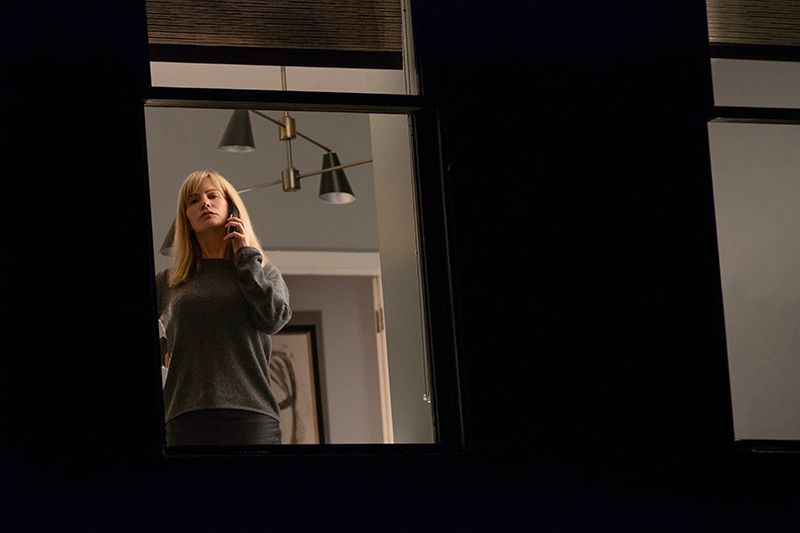
Watch Woman in the Window on Netflix! Next, check out the Filming Locations for Halston!
Subscribe to our newsletter